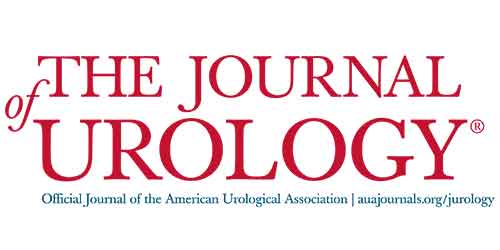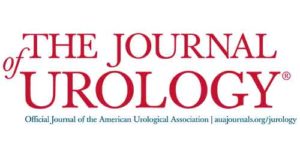In The Media…
Journal of Urology
November 12, 2021
A study led by the MD Anderson Cancer Center shows that freehand transperineal biopsy with PrecisionPoint™ resulted in equivalent cancer detection compared to grid-based transperineal biopsy, with no risk of sepsis, a significantly reduced risk of urinary retention, and reduced anesthesia needs. Read the findings published in the American Urological Association’s Journal of Urology.

MD Anderson study shows advantages with PrecisionPoint™

Freehand versus Grid-Based Transperineal Prostate Biopsy: A Comparison of Anatomical Region Yield and Complications
Ahmet Urkmez , Cihan Demirel , Muammer Altok , Tharakeswara K. Bathala , Daniel D. Shapiro , and John W. Davis
Abstract
Purpose:
The freehand (FH) technique of transperineal prostate biopsy using commercialized needle access systems facilitates a reduction in anesthesia requirements from general to local or local/sedation. We sought to compare the efficacy and complication rates of the FH method with those of the standard grid-based (GB) method.
Materials and Methods:
The GB method was performed from 2014 to 2018, and the updated FH technique was performed from 2018 to 2020, yielding comparative cohorts of 174 and 304, respectively.
Results:
The FH and GB techniques demonstrated equivalent yields of ≥Gleason grade group (GGG)-2 prostate cancer (PCa). The FH group had a significantly higher mean number of cores with ≥GGG-2 PCa involvement (p=0.011) but a significantly lower mean number of biopsy samples (p <0.01). The urinary retention rate of the GB group (10%) was significantly higher than that of the FH group (1%; p <0.01). The rates of ≥GGG-2 PCa involvement in the anterior (GB, 31%) and anteromedial (FH, 22%) sectors were higher than those in other sectors (range, 0%–9%). For multiparametric magnetic resonance imaging, the rate of ≥GGG-2 PCa detection in the anteromedial prostate (23%) was nearly half that in other locations (range, 38%–55%).
Conclusions:
Compared with GB transperineal biopsy, FH transperineal biopsy demonstrates an equivalent cancer yield with no risk of sepsis, a significantly reduced risk of urinary retention, and reduced anesthesia needs. The higher number of cores with ≥GGG-2 PCa involvement in the FH group suggests that FH transperineal biopsy can sample the prostate better than GB-transperineal biopsy can.
Read the study at: www.auajournals.org
MD Anderson study shows advantages with PrecisionPoint™

Freehand versus Grid-Based Transperineal Prostate Biopsy: A Comparison of Anatomical Region Yield and Complications
Ahmet Urkmez , Cihan Demirel , Muammer Altok , Tharakeswara K. Bathala , Daniel D. Shapiro , and John W. Davis
Abstract
Purpose:
The freehand (FH) technique of transperineal prostate biopsy using commercialized needle access systems facilitates a reduction in anesthesia requirements from general to local or local/sedation. We sought to compare the efficacy and complication rates of the FH method with those of the standard grid-based (GB) method.
Materials and Methods:
The GB method was performed from 2014 to 2018, and the updated FH technique was performed from 2018 to 2020, yielding comparative cohorts of 174 and 304, respectively.
Results:
The FH and GB techniques demonstrated equivalent yields of ≥Gleason grade group (GGG)-2 prostate cancer (PCa). The FH group had a significantly higher mean number of cores with ≥GGG-2 PCa involvement (p=0.011) but a significantly lower mean number of biopsy samples (p <0.01). The urinary retention rate of the GB group (10%) was significantly higher than that of the FH group (1%; p <0.01). The rates of ≥GGG-2 PCa involvement in the anterior (GB, 31%) and anteromedial (FH, 22%) sectors were higher than those in other sectors (range, 0%–9%). For multiparametric magnetic resonance imaging, the rate of ≥GGG-2 PCa detection in the anteromedial prostate (23%) was nearly half that in other locations (range, 38%–55%).
Conclusions:
Compared with GB transperineal biopsy, FH transperineal biopsy demonstrates an equivalent cancer yield with no risk of sepsis, a significantly reduced risk of urinary retention, and reduced anesthesia needs. The higher number of cores with ≥GGG-2 PCa involvement in the FH group suggests that FH transperineal biopsy can sample the prostate better than GB-transperineal biopsy can.
Read the study at: www.auajournals.org
Have a Question? Contact Us!
Thank you for your interest in Perineologic®!
Other Ways to Contact Us
(240) 727-7662
Perineologic®
183 N. Centre Street
Cumberland, MD 21502
United States

